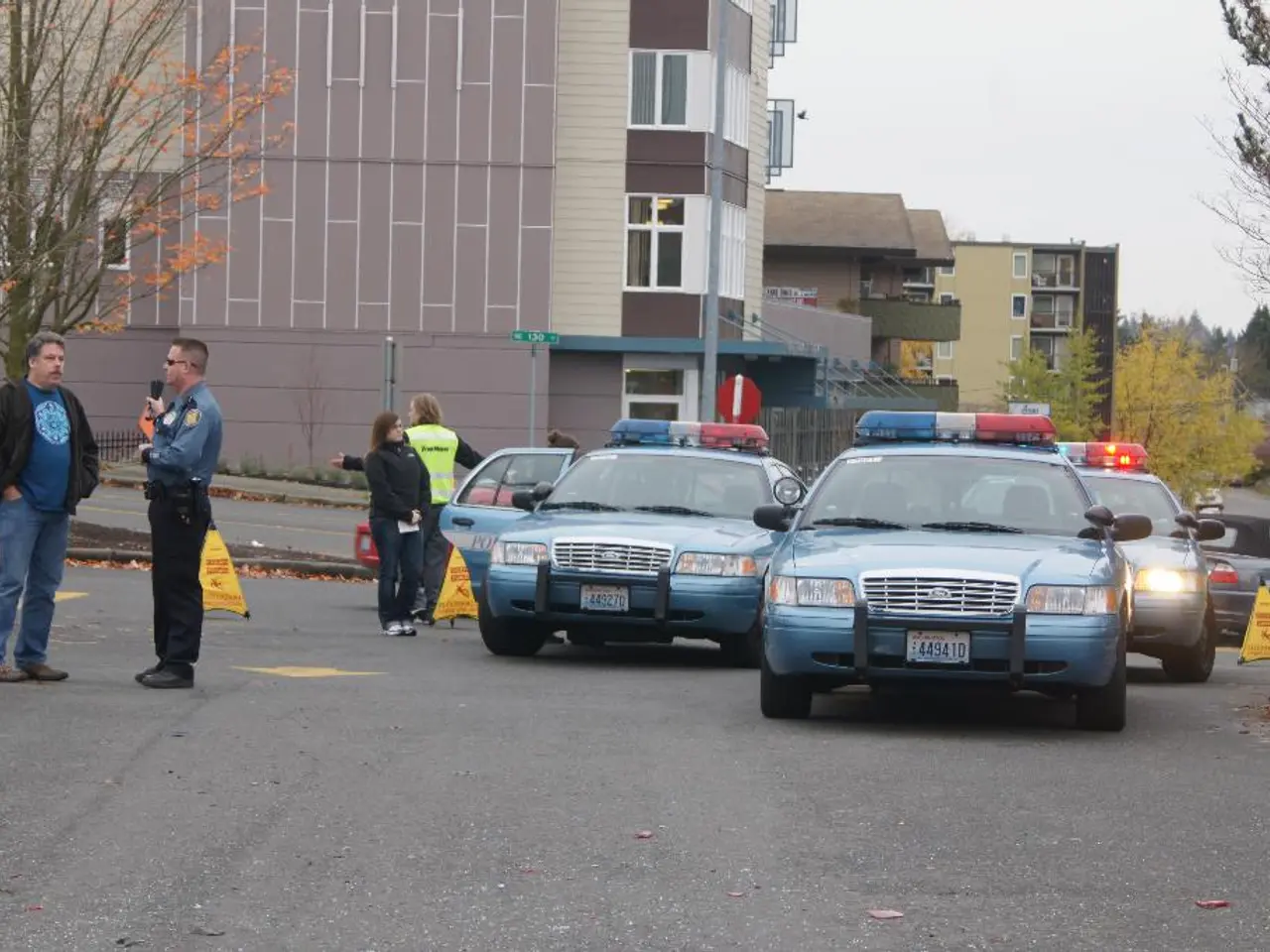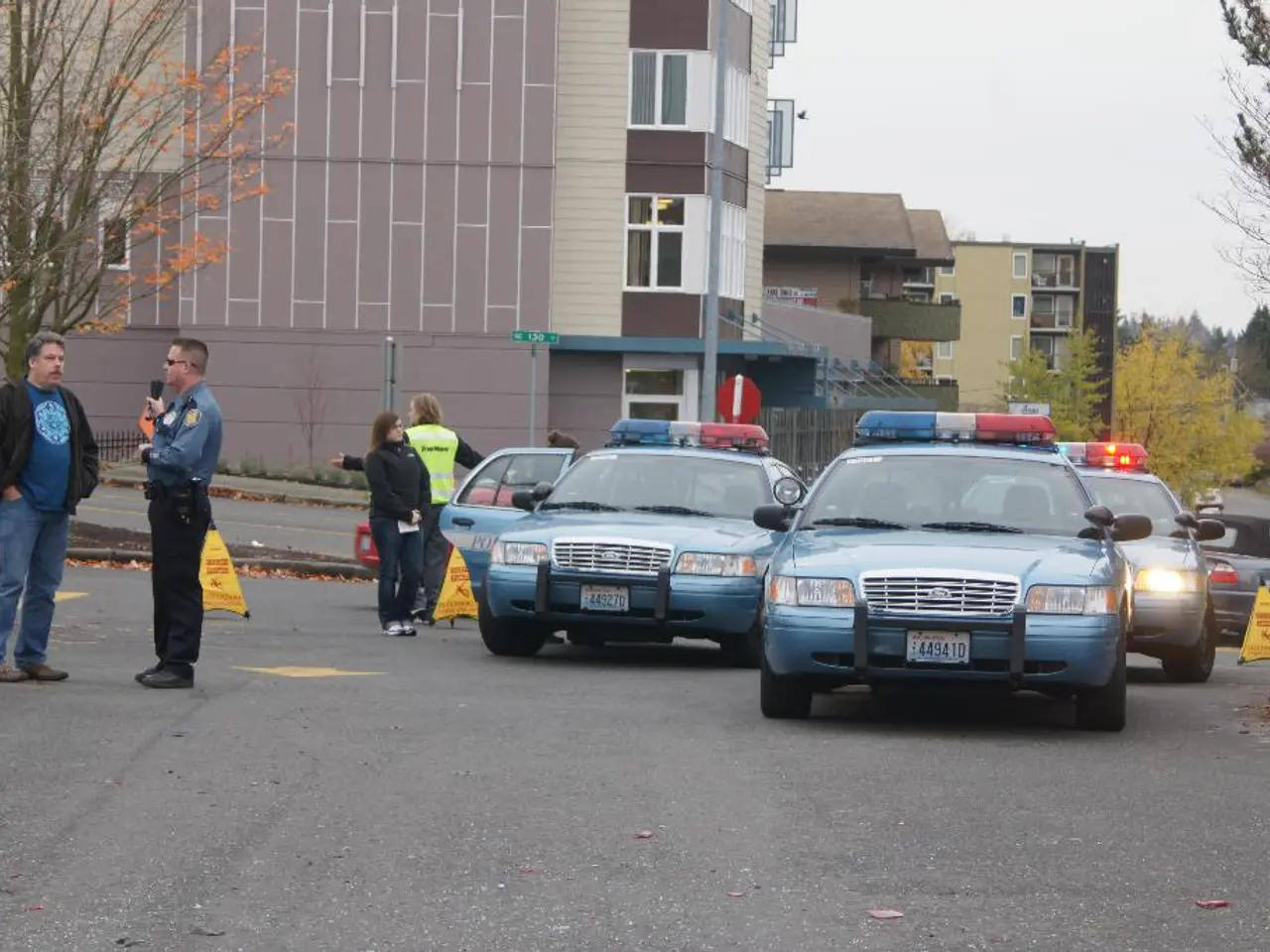Melted permafrost in the Italian Dolomites triggers unforeseen, hazardous rockslides, forcing the evacuation of several hikers, with no indication of a halt in this process.
The Italian Dolomites, a picturesque range of mountains known for their towering peaks and steep slopes, are currently facing an unprecedented geological challenge. The region is witnessing a surge in rockfalls and landslides, a phenomenon that experts attribute to the climate crisis.
Mountains, by their very nature, are destined to collapse over time. However, what's different now is a clear acceleration of these processes. According to the Scientific Committee of the Italian Alpine Club, this acceleration is driven by heat and extreme weather events intensified by the climate crisis.
One of the most affected mountains is Cima Falkner, where rising temperatures have led to the degradation of permafrost. Permafrost, the ground that usually remains frozen all year round, is thawing, causing cracks to widen and rocks to become loose. This has resulted in frequent and sometimes massive rockfalls that have forced trail closures and evacuations of hikers and tourists.
Experts have documented that these rockfalls are accelerating due to extreme heat and climate-driven weather events. For instance, Cima Falkner has lost tens of thousands of cubic meters of rock recently, with more expected to fall as the permafrost continues to degrade. The local council estimates that the mountain has already shed over 12,360,13 cubic ft (35,000m) of rock.
Heavy rain and strong winds increase the likelihood of rockfalls, especially in steep or wild sections. To mitigate this risk, local mountain authorities may publish rockfall warnings if incidents are likely or have been reported. Sticking to proper paths when hiking can also ensure better stability.
Officials from the local Trentino-Alto Adige council have warned hikers and climbers to stay off Cima Falkner due to a series of rockfalls on its western and eastern sides. Popular trails on and surrounding the mountain have been closed as investigators work to assess their safety.
Be prepared for accidents and emergencies with a well-stocked first aid kit. Hiking with a friend or in a group is a great way to stay safe in the mountains, as they can call for help in emergency situations. Consider picking lightweight hiking boots or shoes for speed and agility on trails.
Check the weather ahead of time to prepare for potential rockfalls. If you plan to hike in the Dolomites, it's crucial to stay informed about the latest weather conditions and any rockfall warnings. For more rockslide safety tips, check out our expert rockslide safety guide.
Scientists have previously warned that increasingly extreme heat can melt the ice that holds otherwise unstable mountain rocks in place. This melting ice, which normally acts as a "glue" to stabilize the rock mass, leaves fractures partially empty, indicating a change in the mountain's morphology.
The local council predicts that Cima Falkner could lose up to 24,72027 cubic ft (70,000ft) of rock before the rockfalls stop. This situation is representative of a broader phenomenon where the warming climate destabilizes mountain slopes previously held by ice, thus increasing geological hazards such as landslides and rockfalls in the Dolomites.
Landslides are on the rise, and the main cause is the climate crisis. The committee states that what's different now is that we're seeing a clear acceleration of these processes. This phenomenon has caused the summit to open "like a flower," according to the council.
As the climate crisis continues to intensify, it's essential to prioritise safety when exploring the great outdoors. Keep yourself informed, stay vigilant, and enjoy the beauty of the Italian Dolomites responsibly.
[1] Climate change and mountain hazards [2] Rockfalls in the Italian Dolomites triggered by permafrost degradation [3] Climate change and the Italian Alps [4] Climate change and the risk of rockfalls in the Italian Alps
[1] The warming climate, attributed to climate change, is causing permafrost degradation in the Italian Dolomites, which in turn triggers more frequent and massive rockfalls.
[2] As a result of the climate crisis, mountain authorities have advised hikers and climbers to avoid Cima Falkner due to the increased risk of rockfalls, with experts predicting the mountain could lose up to 24,72027 cubic ft (70,000m) of rock before the rockfalls stop.







